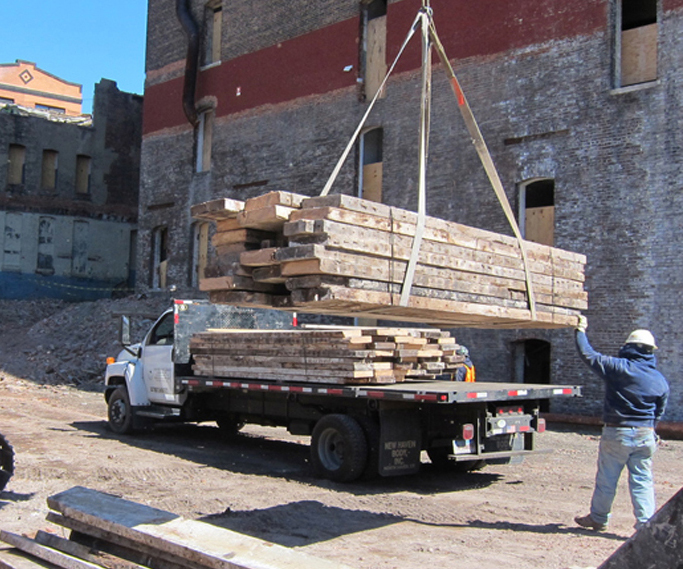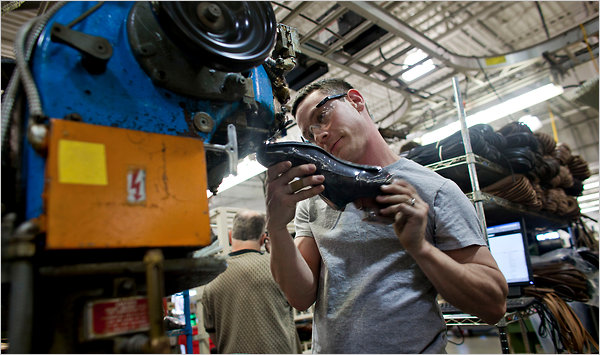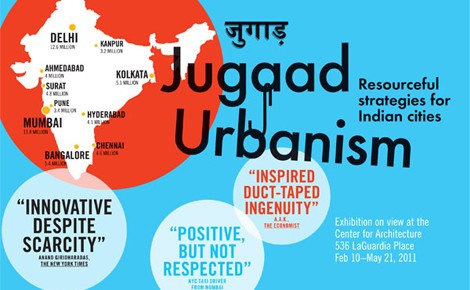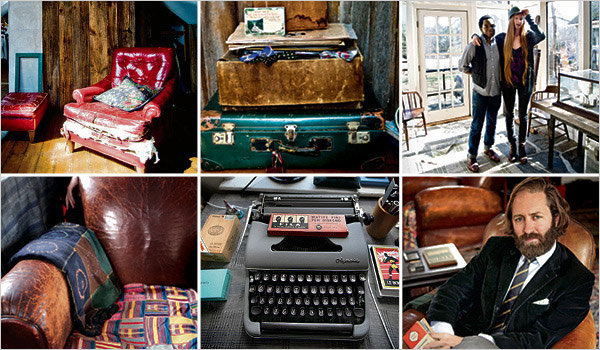 Columbia U. along with the architectural firm Renzo Piano Building Workshop (RPBW) are constructing a multi-block science center in West Harlem. The project is pursuing LEED certification, a sustainable building standard developed by the U.S. Green Building Council. But the multi-block construction may not just earn Green credit for what is going up, but on what is going down.
Columbia U. along with the architectural firm Renzo Piano Building Workshop (RPBW) are constructing a multi-block science center in West Harlem. The project is pursuing LEED certification, a sustainable building standard developed by the U.S. Green Building Council. But the multi-block construction may not just earn Green credit for what is going up, but on what is going down.
LEED awards credits for the amount of Construction and Demolition (C & D) waste that is diverted from the landfill; 1pt for 50% recycling, 2pts for 75%, and 3pts for ‘Exemplary Performance’ (EP) of 95%. Columbia appears on target to exceed the 95% rate, especially with certain waste items, and in at least one category – reclaimed lumber – it appears to be the first large scale LEED project in New York City to recycle this material in achieving the point.
New York City generates 13,500 tons of C & D waste every day. A significant percentage is wood – from plywood and 2 x 4’s to fine woodwork and century old timber. The last has the most ready re-use market, and the bulk of the wood at the Columbia U. project falls into this category.
The Columbia U. project is achieving a high recovery rate through a three pronged strategy, separating salvaged lumber for 1) High end millwork (flooring, moldings, furniture etc.) 2) Heavy construction (lagging and sheeting of excavated sites and utility lines) and 3) Processed wood products (mulch, stable bedding, etc.).
The Mayor’s office is concerned enough about wood waste that they are considering a recommendation from the Urban Green Council (www.urbangreencouncil.org), which would require demolition projects to salvage large dimensional lumber.






